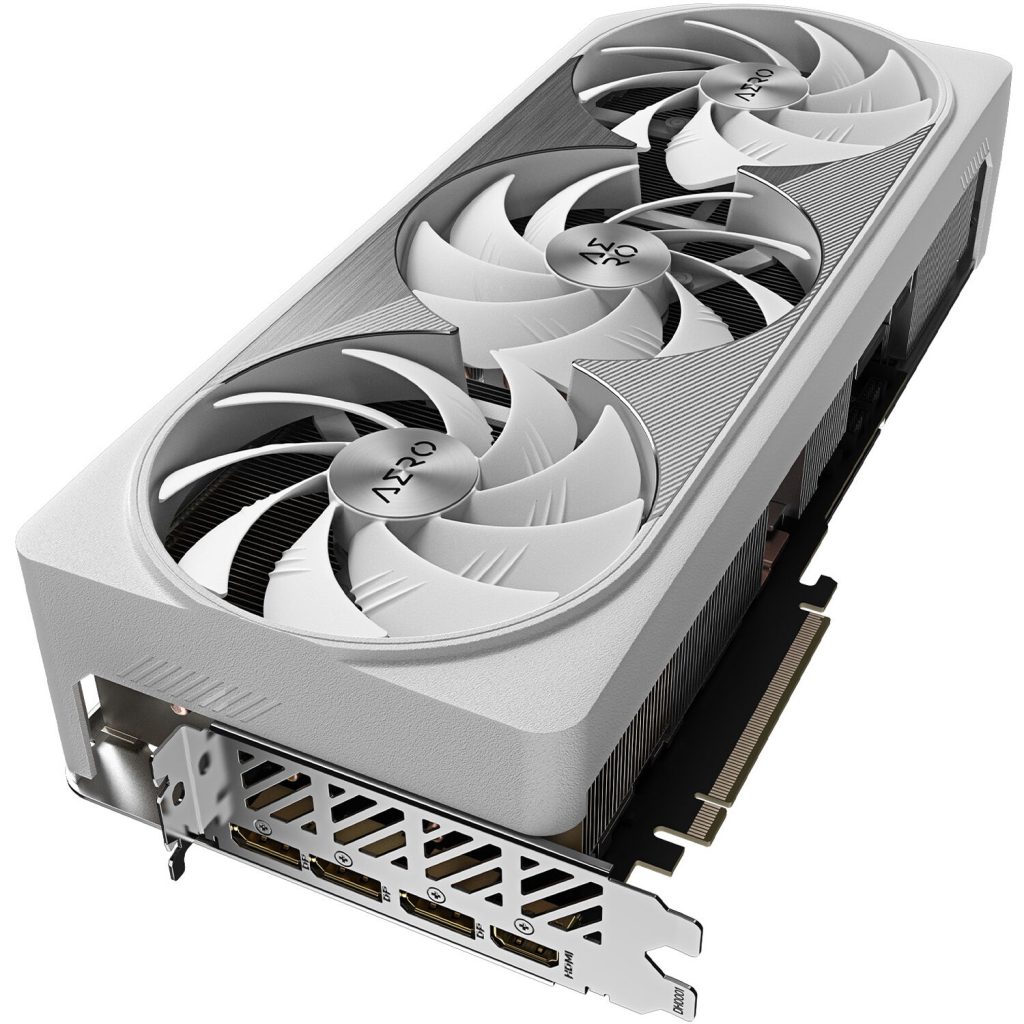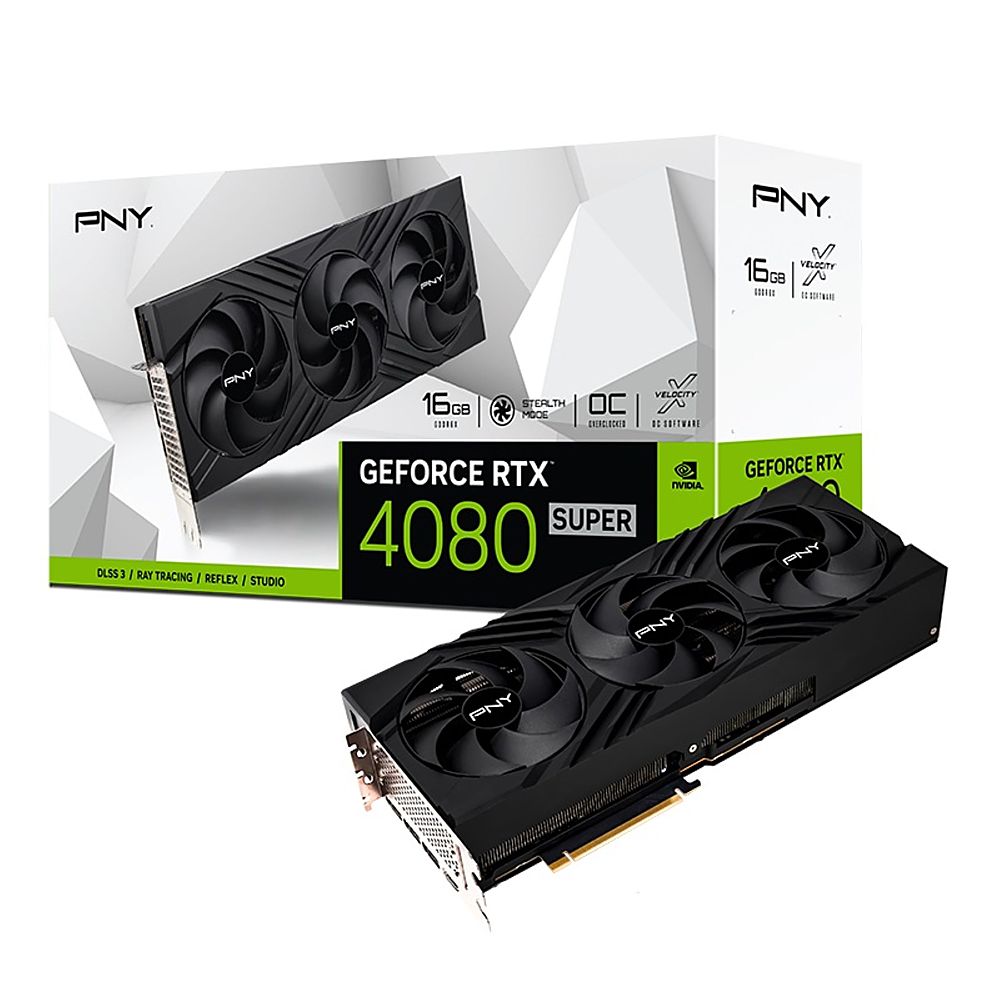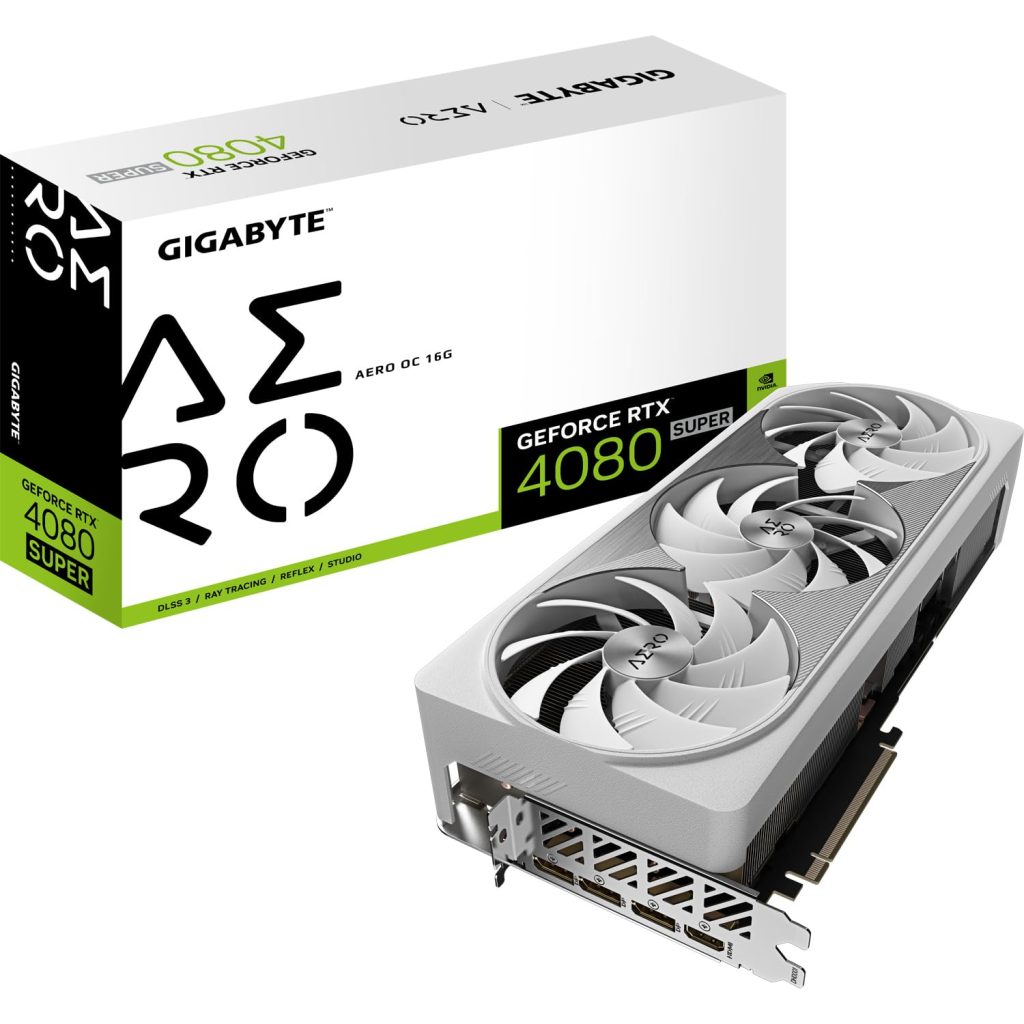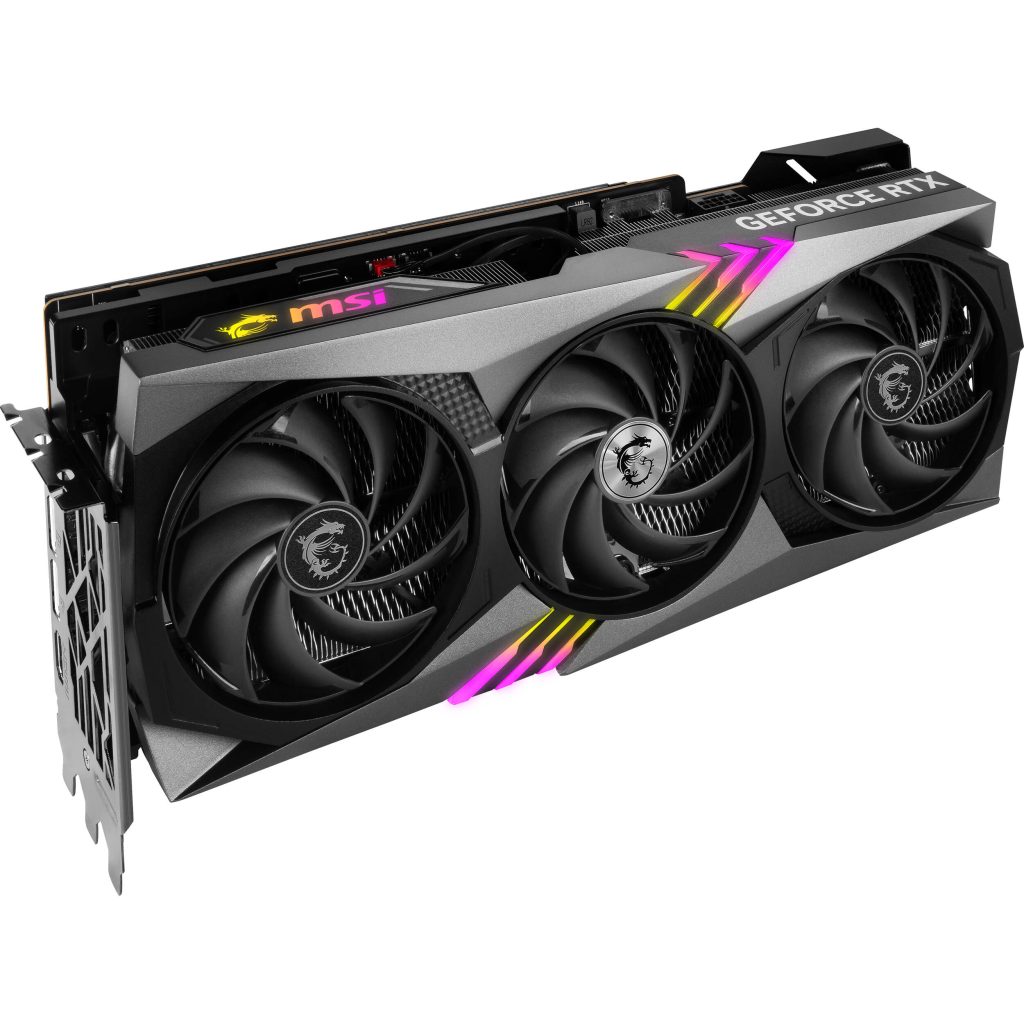The graphics card wars continue as rtx 3080 ti vs 4080 regularly updates its product line with more powerful and efficient GPUs in 2024. The RTX 3080 Ti has been a favorite for high-performance seekers, but NVIDIA’s next generation, exemplified by the RTX 4080, throws down the gauntlet with promises of even greater prowess. This article will stack these two juggernauts against each other, examining performance, price, energy efficiency, and long-term value to determine which truly reigns supreme.

Raw Power vs. Technological Advancements
The RTX 3080 Ti’s Formidable Presence
The rtx 3080 ti vs 4070 Ti has carved out its place in the high-end market with its substantial core count and impressive memory capacity. It excels in rendering complex scenes and pushing high frame rates, even at demanding 4K resolutions. For gamers and professionals requiring immediate grunt, the 3080 Ti has been a go-to choice offering proven reliability and excellent results.
The RTX 4080’s Next-Gen Capabilities
Enter the RTX 4080, a card expected to harness NVIDIA’s newest advancements in GPU technology. Rumored to feature more cores, higher clock speeds, and a more refined architecture, it is positioned as the new king of the hill. While real-world benchmarks upon release will solidify its standing, the 4080 promises breakthroughs in ray tracing and AI algorithms, potentially setting a new standard for what a GPU can achieve.
Evaluating Price and Affordability
Cost Considerations for the RTX 3080 Ti
The RTX 3080 Ti, as the incumbent, might see price drops as the newer model makes its entrance. These potential savings could sway purchasers, especially when the 3080 Ti’s capabilities already exceed the needs of most current games and applications. For upgraders sensitive to price, a discounted rtx 3080 ti vs 4080 could prove a smart buy.
The Premium for the Latest Tech
The RTX 4080, likely to command a premium as the latest and greatest, represents the pinnacle of current GPU technology. Early adopters ready to pay top dollar would be betting on the 4080 not just for its present capabilities but for its ability to deftly handle more demanding future applications. The 4080’s price will ultimately reflect its position as the flagship of NVIDIA’s offerings.
Assessing the Impact of Energy Efficiency
Power Consumption of the RTX 3080 Ti
One can’t overlook the operational costs associated with high-end GPUs. The 3080 Ti, though powerful, doesn’t sport the more cutting-edge efficiency improvements that newer GPUs boast. Users must consider the ongoing energy costs, especially if they aim to run a heavy-load, high-performance rig.
Anticipating the RTX 4080’s Efficiency Gains
The RTX 3090 ti is anticipated to benefit from lessons learned in the design of previous-generation cards. This could mean not just more power, but power utilized more efficiently. Such gains could extend beyond performance to actual energy savings, presenting a compelling argument for those looking for green – and cost-efficient – computing solutions.

Long-Term Value and Upgrade Cycles
The Lifespan of the RTX 3080 Ti
The RTX 3080 Ti isn’t just a holdover from the previous generation – it’s a card that has offered top-tier performance since its release. Users opting for the 3080 Ti today can expect to tackle current software demands comfortably. However, as games and applications evolve, the cards from the new generation like the 4080 are likelier to keep pace with them.
Future-Proofing with the RTX 4080
Opting for the RTX 4080 is a decision that looks forward, banking on the card’s ability to handle emerging technologies and gaming experiences that push boundaries. This pickup could potentially delay the need for the next upgrade, providing better long-term value for those who prefer to lead rather than follow in technology trends.

Deciphering the Raw Performance Metrics
RTX 3080 Ti: Solid Performance for Today’s Demands
The RTX 3080 Ti continues to be a juggernaut for gaming and production loads, delivering superb performance numbers across the board. Gamers playing at 4K resolution and creatives working with intensive applications can still rely on the 3080 Ti to meet their needs. In most current gaming scenarios, this card pushes high frame rates and detailed visuals with ease, making it a worthy contender for anyone avoiding the bleeding edge.
Anticipating the Raw Gains of the RTX 4080
The RTX 4080 is expected to set new records in raw performance, outpacing the 4070 ti vs 4080 significantly. On paper, the specs indicate shorter render times and smoother gameplay, even at higher resolutions than 4K. For professionals who count every second saved in rendering or compiling, these performance gains could translate into increased productivity and efficiency.
Deliberating Cost-to-Performance Ratios
Aligning Price with User Requirements for the 3080 Ti
The cost-to-performance ratio becomes a key decision metric when looking at the RTX 3080 Ti. Users need to consider if the GPU’s performance satisfies their software’s demands. If the 3080 Ti’s current market price falls within a comfortable range and matches the required output, it could be a cost-efficient solution that balances expense with high-end performance.
Investing in Future-Ready Performance with the RTX 4080
On the other hand, the RTX 4080’s price tag, while higher, comes with the promise of longevity. By spending more initially, buyers might save in the long run, as the 4080 will remain relevant and capable of handling evolving technologies and software for an extended period. One must consider the likelihood of needing to upgrade sooner with the 3080 Ti as opposed to a potentially longer lifecycle with the 4080.
Weighing Energy Efficiency Against Power Needs
The Ongoing Energy Cost of Owning a 3080 Ti
With robust performance comes the need for substantial energy. Prospective rtx 3080 ti vs 4080 users should note the implications of energy efficiency on their wallets and the environment. Electricity bills and the potential need for additional cooling could add to the overall cost of ownership. A factor that’s sometimes overlooked in the face of attractive raw performance figures.
Energy-Saving Prospects with the Advanced 4080
The 4080 benefits from NVIDIA’s latest technological innovations geared towards optimizing energy expenditure. If it delivers the same or better performance while drawing less power than the 3080 Ti. The 4080 becomes an enticing option for users who prioritize energy efficiency. The lower long-term operational costs from reduced electricity consumption could partially offset the initial premium of this newer GPU.

How to install 4080
Before installing the 4080 model, it is important to gather the necessary tools and materials. Ensure that you have the appropriate screws, screwdrivers, drill, level. And any other items specified in the installation manual. Read through the manual thoroughly to familiarize yourself with the installation process and any specific requirements.
Placement Considerations:
Choosing the ideal location for the 4080 model is crucial for optimal performance and sound distribution. Consider the following factors when determining the placement:
- Acoustic Environment: Select a location with a low level of background noise and minimal acoustic challenges.
- Line of Sight: Ensure an unobstructed line of sight between the speakers and the primary listening area for optimal sound transmission.
- Height and Angle: Mount the 4080 model at a height and angle recommended by the manufacturer, taking into consideration the desired coverage and dispersion of sound.
Mounting Techniques:
Mounting the rtx 4080 vs 3080 ti model properly will ensure stability and optimal audio performance. Follow these steps:
- Identify the appropriate mounting bracket or mounting points on the back of the 4080 model.
- Use a level to ensure the speaker is mounted in a level position, free from any tilting or slanting.
- Securely attach the mounting bracket or mount the speaker to the desired location using the appropriate screws and anchors, ensuring a tight and stable installation.
Cable Management:
Proper cable management is essential for a clean and organized installation. Follow these guidelines:
- Conceal the cables by routing them through walls, ceilings, or wire raceways where possible, to minimize visual clutter.
- Use cable clips or adhesive hooks to secure the cables along their path and prevent them from hanging loosely.
- Avoid placing any electrical cables near speaker cables to prevent interference or electrical noise.
Testing and Fine-Tuning:
After the physical installation of the 4080 model is complete, it is important to test and fine-tune the audio performance. Follow these steps:
- Connect the speaker wires to the appropriate terminals on the 4080 model and ensure a secure connection.
- Adjust the audio settings on the connected audio source to match the specifications and recommendations provided by the manufacturer.
- Play a variety of audio sources through the 4080 model to evaluate sound quality, volume level, and overall performance.
- Fine-tune the audio settings, such as equalization and volume control, according to your preferences and the acoustic characteristics of the environment.
Final Adjustments:
Make any final adjustments to the positioning and alignment of the 4080 model to optimize audio performance. Consider the specific needs and characteristics of your listening area. Such as room size, seating arrangement, and desired sound dispersion.

Conclusion
When comparing the NVIDIA rtx 3080 ti vs rtx 4080, we find a battle not just of brute force, but of philosophy. Choosing between these cards involves considerations of immediate versus future needs. Budget limitations, energy consumption, and the prospect of a longer interval before the next upgrade. The RTX 3080 Ti remains an enticing option for powerful performance at a potentially reduced price. While the RTX 4080 signifies a leap into the next era of graphical technology. Each card has its merits, and the choice hinges on a user’s particular situation, aspirations. And willingness to invest in tomorrow’s technology today.
